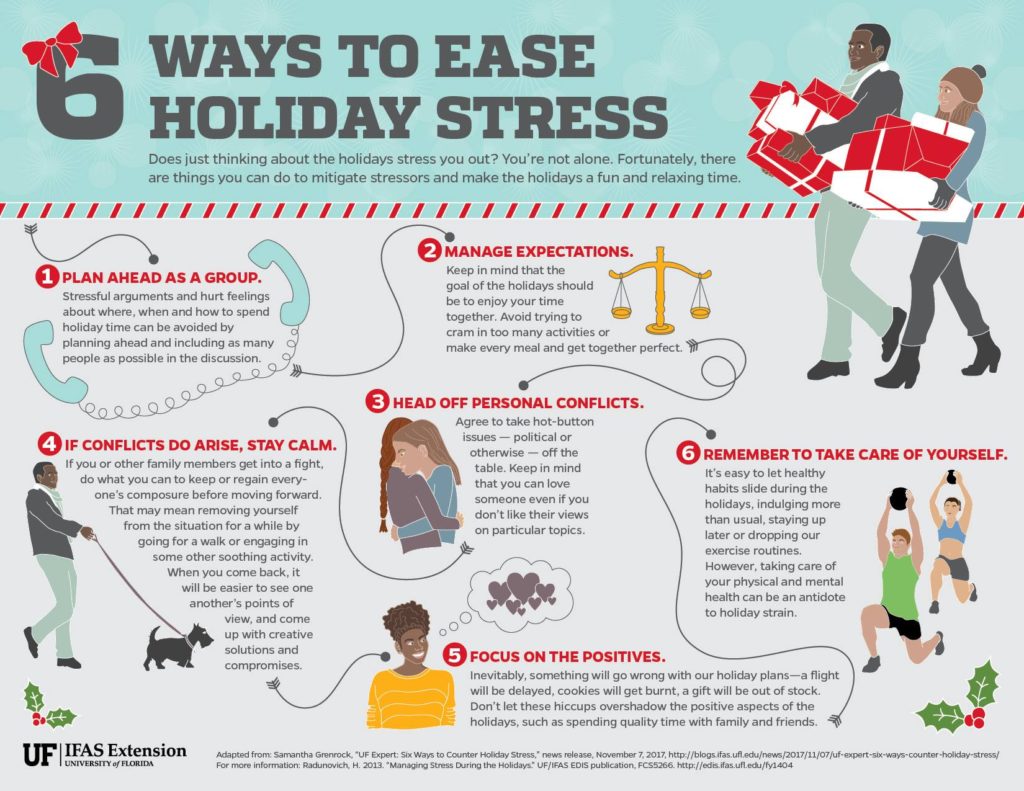 By Wayne Hoover, CFI. This article originally appeared on w-z.com.
By Wayne Hoover, CFI. This article originally appeared on w-z.com.
Study shows lying gets easier for those who lie repeatedly!
A new brain study recently published in Nature Neuroscience focuses on the effects of lying on the amygdala, a small tucked-away part of the brain that processes negative emotions. Using live human volunteers who were incentivized to lie repeatedly, the study was able to show that amygdala activity decreased after the first lie and continued to decrease before and after subsequent lies. This study is reported to be “the first empirical evidence that lying escalates as a result of emotional adaption.”
The study’s findings offer scientific-based evidence of why lying comes so easily to some people while others struggle to tell even a “little white lie.” It seems habitual liars are being let off easy by their amygdala! As a person tells more lies, the brain, in an effort to lessen emotional stress, becomes more and more desensitized to the discomfort initially caused by the act of lying. The study reports that as a result of this lessening of emotional angst, telling more lies becomes easier over time. Study author and director of the Affective Brain Lab, Dr. Tali Sharot, says that the study shows that small lies easily “snowball over time” and that subsequent lies create less negative emotional discomfort.
Small lies lead to bigger lies more easily told.
This study has implications beyond the science of the brain. It can help criminal investigators understand why people being interrogated can lie so believably and with such aplomb. People who regularly operate in the world of crime and navigate illegality with habitual lies have become inured to the emotional discomfort most people feel when they engage in lying. Seasoned liars may have felt badly when they engaged in their initial lie, but over time and through subsequent lies, they no longer feel badly at all. The negative discomfort, usually a natural brain response to lying, is no longer being processed by the amygdala. The study further reports that constant lying can affect brain health and make an individual more susceptible to pathological lying.
As the brain becomes more accepting of lying, the individual’s body reacts less and less to the act of lying and the liar becomes more adept at not exhibiting the usual and observable emotional and behavioral cues normally associated with lying. He no longer turns pale when beginning to lie; she no longer blinks rapidly when fabricating a falsehood. Criminal investigators acknowledge that some people can just “lie through their teeth” without a clue to their uncomfortable feelings about telling that lie, while others may exhibit more obviously their level of concern when lying.
When lying gets easier as the number and intensity of the lies increase, how can interrogators effectively read behavioral cues or facial expressions to extract reliable information?
As people get more comfortable with lying, their brain experiences less discomfort, but emotional cues, though they may be severely diminished, may still leak out in the form of facial expressions or other reactions. Modern science and advanced technology have led to the development of some very effective tools to help “read” the expressions of those who are so very good at lying. Expert training in interpreting subtle, split-second facial expressions can help case investigators and interrogators detect the clues they seek in their goal of obtaining the truth.

So what are the top 5 myths about liars out there?
Humintell has compiled a list of the top 5 myths about liars. Here they are:
1. Liars don’t look you in the eye
Lack of eye contact (or gaze aversion) is one of the biggest myths of lie detection. Of the many studies that have looked at gaze aversion and lying, most have concluded that a lack of eye contact does not necessarily indicate lying or telling the truth.
2. Liars stutter and pause
Even if unconsciously we could assume they are not being honest, stuttering or pausing are not necessarily signs of lying per se. They may just tell us the person is nervous. Why are they feeling that way? We can’t say unless we ask a few more questions. Remember: Lie detection is much more than just watching.
3. Liars touch their face
This is also another popular myth of lie detection. There is almost no scientific evidence that face touching of any kind is consistently indicative of lying. Do you remember the last time you touched your nose or covered your mouth? Were you lying?
4. Liars are nervous
People can be nervous due to countless reasons, including not only because they are lying but also because they want to prove their innocence. And, many people who tell the truth are nervous because they may be worried of not being believed.
5. Liars fidget
Fidgeting is our fifth lie detection myth: there is almost no research that reliably connects it to liars. As you can see, most of these myths are associated with nervousness. So the question we should consider is: Why is the person nervous?
